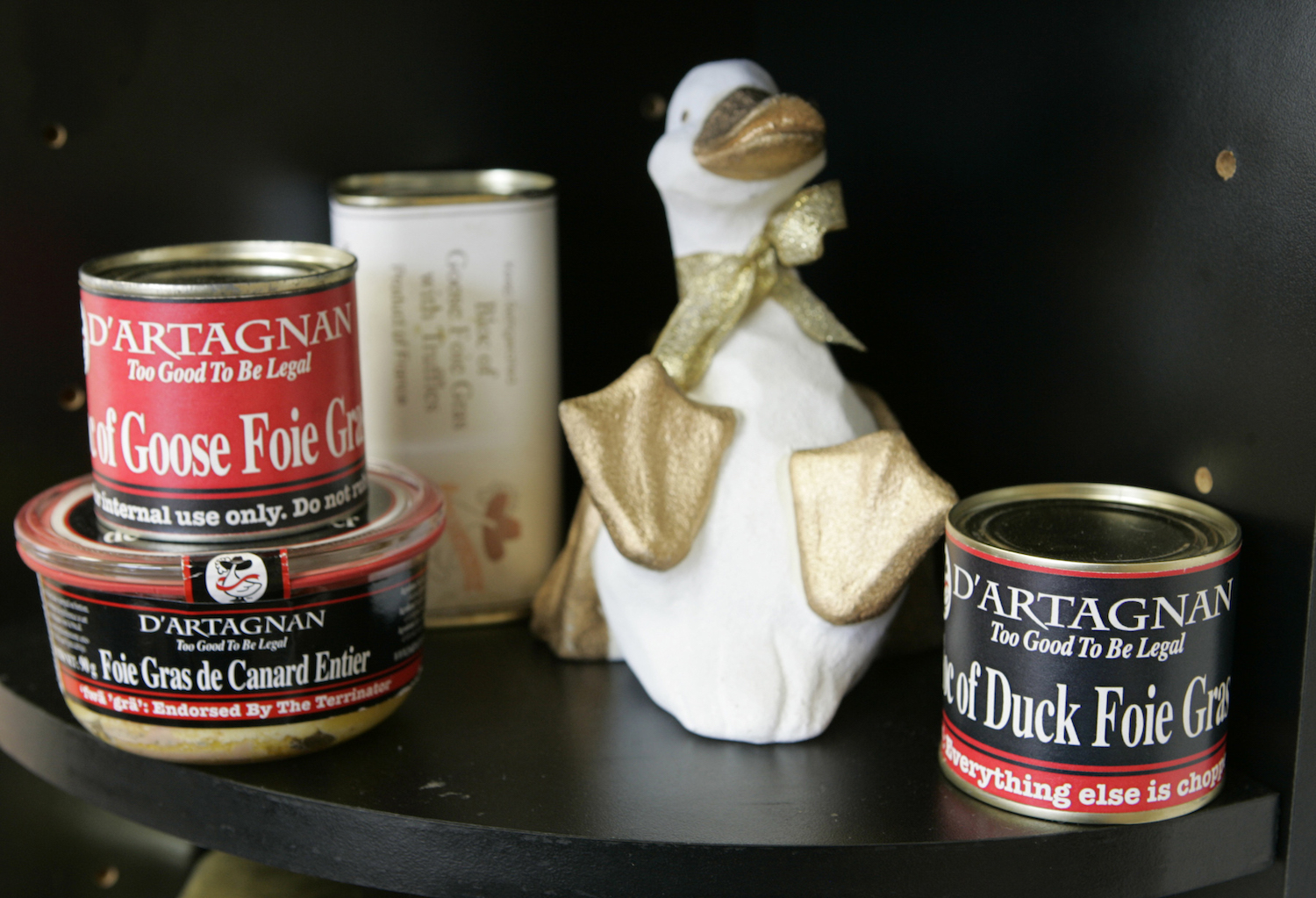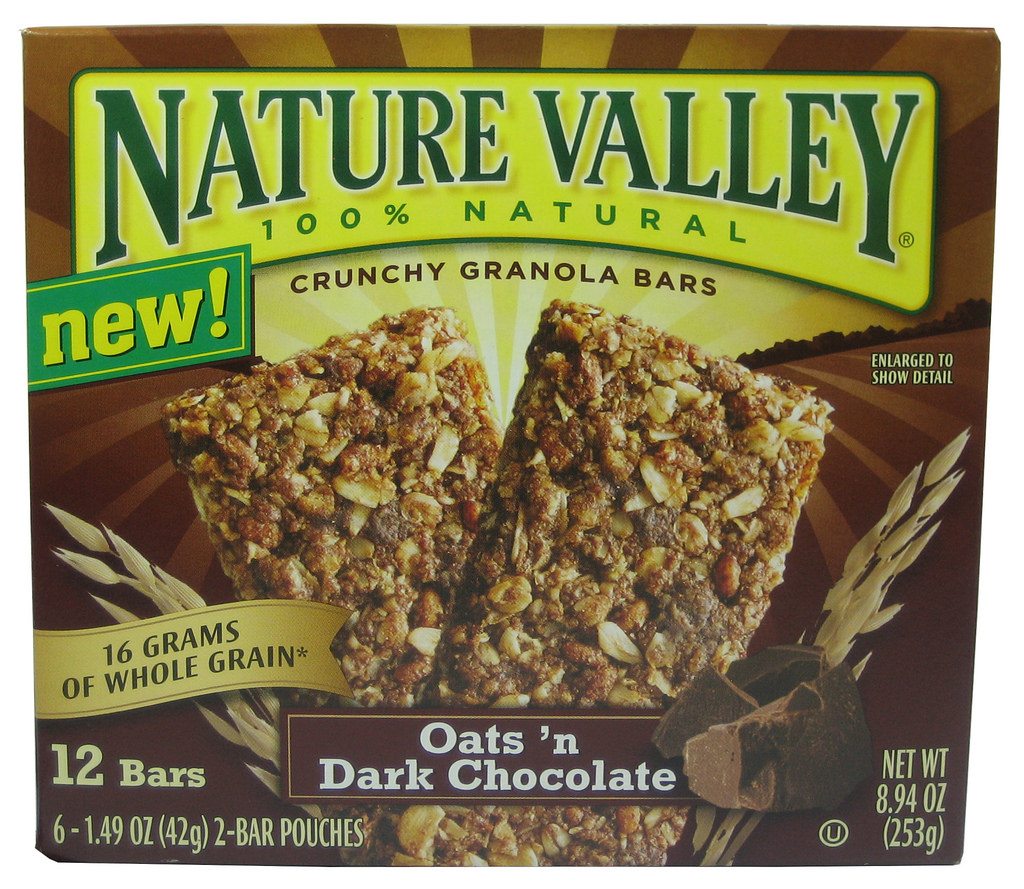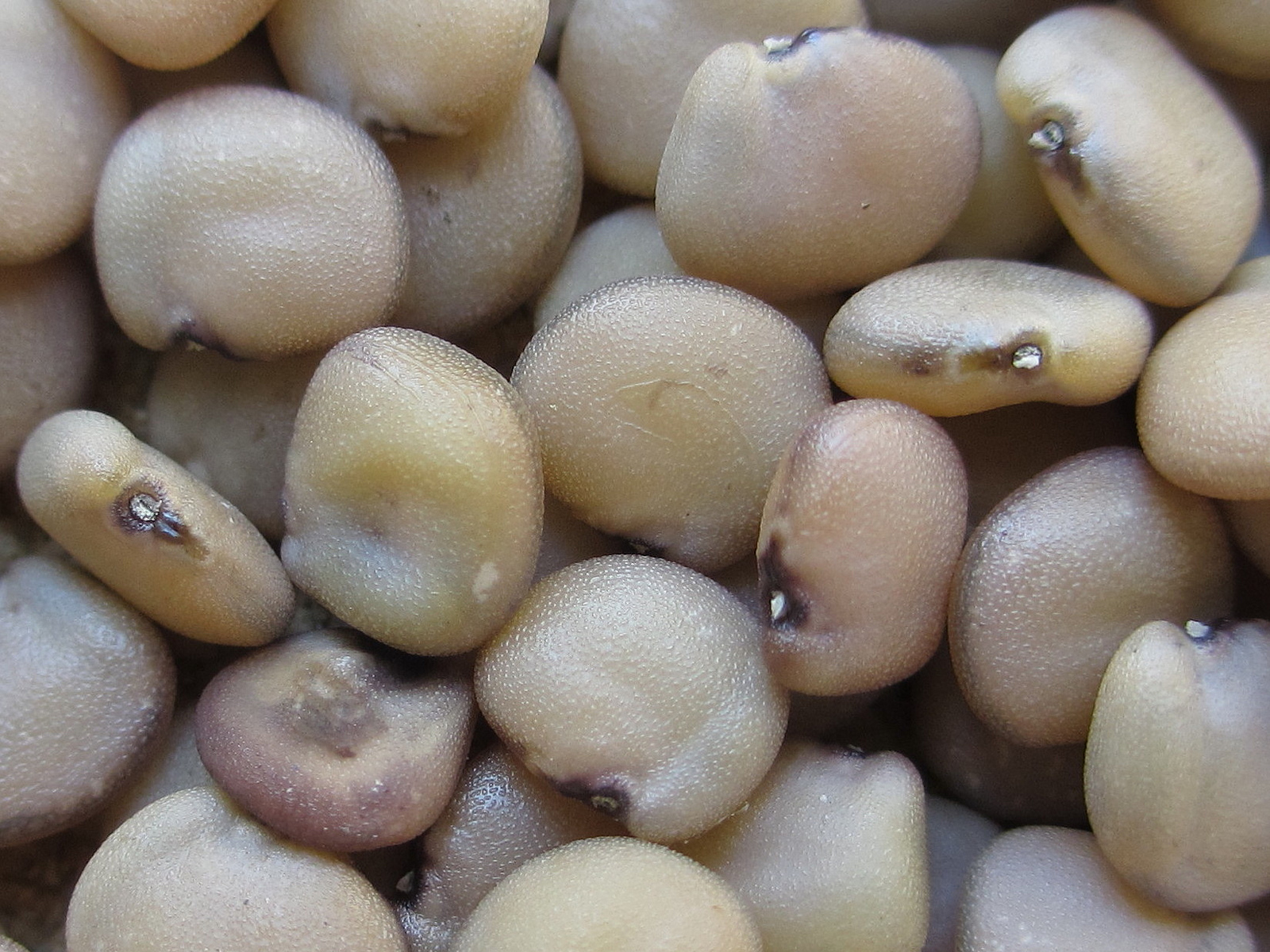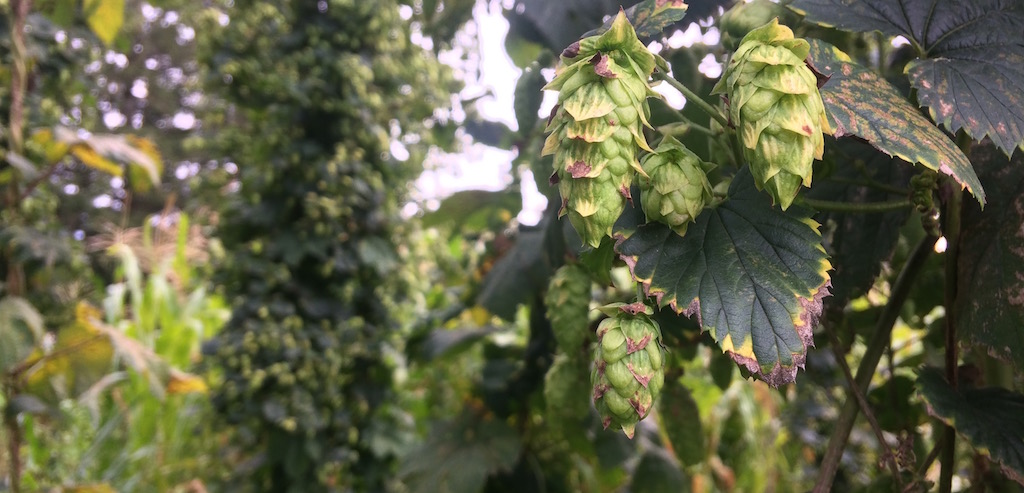
iStock / Foxys_forest_manufacture
In September, a major New Zealand lamb supplier sent a letter to the Department of Agriculture (USDA) asking for what all businesses typically want: less red tape. Specifically, the Lamb Company—a joint venture between three of New Zealand’s biggest meatpackers—took issue with what it called an “obsolete” labeling rule that restricts which meat products can be sold as “spring lamb.”
The letter expresses concern about outdated food marketing laws but, in the weeks since the filing, it has also become a proxy battle between domestic and foreign producers, both of whom are finding it increasingly difficult to expand within a stagnant market.
Lamb makes up a tiny fraction of U.S. meat consumption, with Americans eating around just one pound per year on average—down from five pounds per year in the 1960s, according to USDA’s Economic Research Service. U.S. sheep farms have taken a corresponding hit, dropping from over 105,000 in the 1990s to less than 80,000 today. The agency attributes the downward trend to increased competition with beef, pork, and chicken.
At the same time, as domestic output shrinks, New Zealand and Australia—the world’s top exporters of lamb meat—are filling in gaps, now supplying nearly half of the U.S. market, per USDA. Whether eliminating the official “spring lamb” label would be at all consequential depends on whom you ask, but for U.S. producers, the proposal feels like yet another attempt by international meat companies to slice off a bigger share of the pie.
Ironically, the Lamb Company’s petition to eliminate the official “spring lamb” definition implies that the label has marketing power. Why else would it have included the term in a trademark of what it refers to as its top-selling North American lamb brand? (The Lamb Company declined multiple requests for comment.)
USDA placed the petition under consideration, and a month went by without so much as a whisper. Then, in October, the American lamb industry got wind of Lamb Company’s request and filed a letter of its own. It argued that eliminating “spring lamb” regulation would not only give rise to false marketing, but would also jeopardize the viability of U.S. producers.
The official definition of spring lamb is rooted in the idea that their meat comes from animals on the younger side—precisely between three and five months old, The New York Times’s Craig Claiborne once wrote. Because of their youth, spring lambs reportedly taste milder and more tender than older lambs, while all lamb is less tough than mutton, the meat of sheep past the age of one. Spring, as a season, is also notable for the lamb industry because of the cultural significance that the meat has among eaters during both Easter and Passover. In fact, according to USDA, the two holidays together account for one-fifth of annual lamb sales.
A lamb nurses from a female sheep, also known as a ewe, on a U.S. farm
Most lambs are harvested in the Mountain states, where sheep breed in October and November then give birth around April and May, says David Ollila, a sheep specialist for South Dakota State University Extension. In the Midwest, another lamb-producing region, lambs are more often born during the winter because of labor and feed availability, Ollila adds. Both these production schedules have harvest times that broadly overlap with the time range (March to October) covered by USDA’s spring lamb criteria.
But while the official definition of spring lamb suits American producers, it gets in the way of New Zealand meatpackers because of an almost comically simple fact of geography: Spring in the southern hemisphere is the opposite of spring in the northern hemisphere.
“All [New Zealand] sheep production is based on pasture [because] sheep remain outdoors all year round,” says Steve Morris, a professor of animal science at Massey University of New Zealand. “Lambing coincides with the increase in pasture growth in the spring season—spring in New Zealand occurs in the month of August, September, October. These are the months that lambs are born, with the peak being in August and September.” Morris also notes that lamb from New Zealand on average tends to have grassier notes because of this pasture-based production.
“To avoid having to pull product from the U.S. market during certain months of the year, the [company] must market its products under two different sets of labeling based on the time of the year, even though the characteristics of these products are otherwise the same,” Lamb Company’s petition reads.
The supplier also argued that modern lamb production is rendering USDA’s “spring lamb” definition increasingly irrelevant. Specifically, it highlights sheep farms in states like Texas and California—which can produce lamb outside of traditional farming schedules because of their warmer climates—asserting that young lamb meat can now be harvested through all four seasons. (Some farmers believe that winter-born lambs, who are more likely to be fed a grain-based feed, are less tasty than lambs who graze on grass.)
In its letter expressing opposition, the American Sheep Industry Association (ASI) characterized Lamb Company’s request as an attempt to expand its market share to the detriment of domestic producers.
Earlier this month, Lamb Company hit back in a response to ASI, characterizing its stance as being grounded in “an overly simplistic protectionist narrative.”
Whether “spring lamb” remains a relevant term varies among industry stakeholders. I spoke with a handful of smaller direct-to-consumer sheep ranchers, whose consensus was that they never use the term to market their products. Meanwhile, larger businesses like Superior Farms, North America’s largest lamb processor, maintains that it’s an important label that many of its buyers use. (For its part, Superior Farms filed its own letter of opposition to Lamb Company’s petition.)
“We have some customers who really like to leverage on it—whether it’s restaurants or food service distributors,” says Anders Hemphill, vice president of marketing and brand strategy at Superior Farms. “It’s not seen everywhere all the time. But we feel that it’s important to be able to reserve the right to be able to use that term in this country.”
Federal regulations don’t specify a time frame in which USDA’s Food Safety and Inspection Service, the agency that oversees meat labeling, must respond to petitions unless they pertain to public health, and it could be months or even years before a final decision is made. In the meantime, anyone hungry for some autumn lamb?










